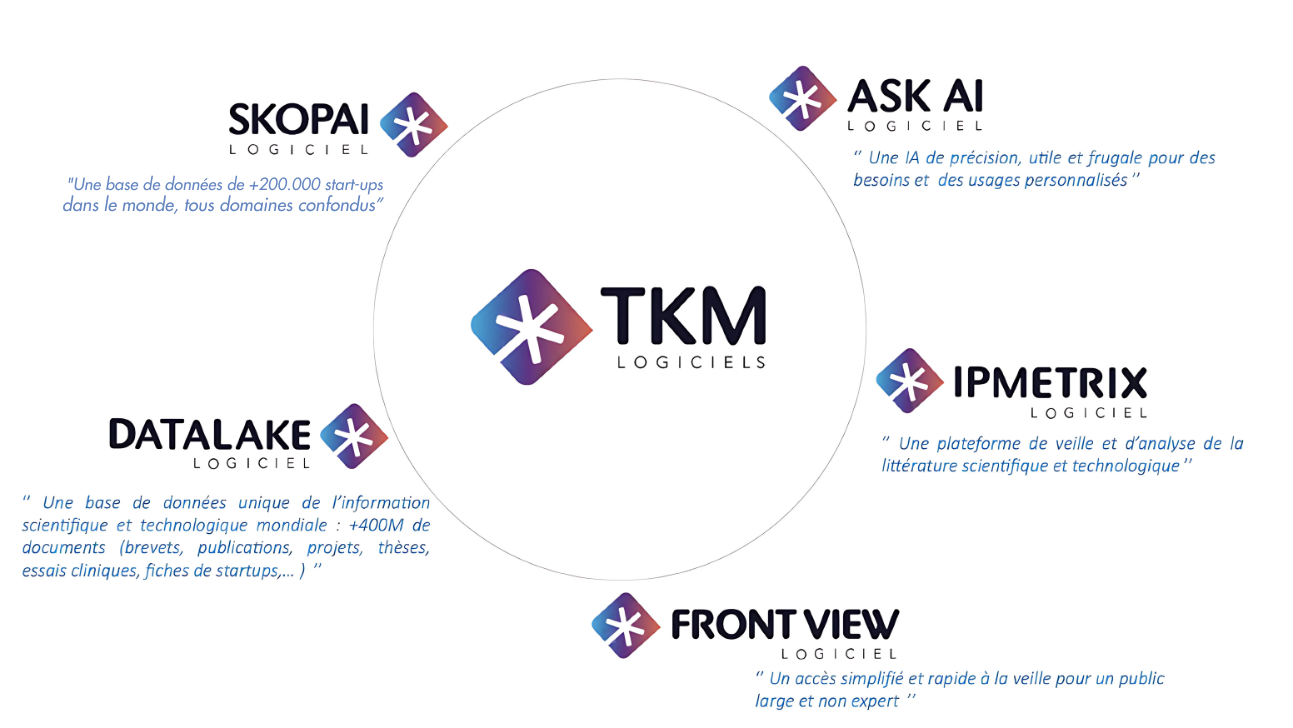To maintain the competitive advantage that the company hopes to gain, it must still think about protecting its innovations.
In this context, what role does industrial property play?
In particular, is the patent a sufficient measure of protection? How can we best use this tool and plan this strategy over the long term? Decryption.
 INDUSTRIAL PROPERTY: DEFINITION AND ISSUES
INDUSTRIAL PROPERTY: DEFINITION AND ISSUES
Industrial property aims to protect and promote inventions, innovations and industrial and commercial creations . With this in mind, it includes in particular:
- Invention patents;
- Utility certificates;
- Brands;
- Industrial designs and models;
- Geographical indications protecting industrial and artisanal products.
In France, the INPI (national institute of industrial property) is the authority responsible for the protection of industrial property rights. It is therefore with this organization that applications for titles can primarily be submitted.
Industrial property aims to provide you with legal protection when you are the originator of an inventive creation and for which you wish to keep the exploitation monopoly for 20 years, the very subject of the patent. Indeed, without this legal tool, your competitors would have the right to reuse and market your invention.
Industrial property therefore constitutes a key tool for your competitiveness if you are an innovative player in your market.
Technological start-up project leaders who are preparing to raise funds know this well. They will have to provide serious proof of the barriers to entry that they will be able to generate against larger and already established competitors.
The 3 criteria to respect for a patent to be accepted
- Present a novel character : no trace of anteriority to the claimed invention must be found. No one (including yourself) should have spoken publicly about what you want to patent.
- Be inventive : the claimed invention must not be obvious to the man or the profession, according to the established formula. In other words, you cannot file a patent on an obvious process that everyone can understand, for example “filling a glass of water”.
- Have an industrial application . It is impossible to claim a common good or a natural effect which does not result from the work of invention or ingenuity of men of the art. The subject of the invention must claim a technical effect.
 INDUSTRIAL PROPERTY: IS IT ABSOLUTELY REQUIRED TO FILE A PATENT?
INDUSTRIAL PROPERTY: IS IT ABSOLUTELY REQUIRED TO FILE A PATENT?
When developing a new technology, filing a patent can therefore really prove essential. But for all that, there are also situations in which it will be useful NOT to file a patent!
Filing a patent is like antibiotics: it’s not automatic!
Filing a patent will be interesting if:
- allows you to generate a real advantage over your competitors
- or contributes favorably to the image of your company or increases your chances of mobilizing financing (PIA, Fundraising, Accelerators, CIR/CII, etc.)
But conversely, it will probably be in your interest to protect yourself in other ways* if, for example:
- Proof of counterfeiting will be complicated to provide (reverse engineering)
- Your claims are very specific and can easily be circumvented (by changing an ingredient or the proportions and compositions of a recipe)
- The pace of innovation is so rapid that obsolescence will catch up with the invention before the end of the patent application processing cycle.
- Or even when you think it is in your interest to offer standards to the market by leaving the technology free of rights
(*and in particular to preserve your future freedom of exploitation)
 AND ONCE THE PATENT IS FILED?
AND ONCE THE PATENT IS FILED?
Filing your patent application is not the end of the adventure. For this investment to be truly useful, you will now have to (and even more so) monitor your competitors' patent filings !
For what ?
This monitoring has several objectives:
- Ensure over time that the expenses you will continue to incur (geographical extensions, annual maintenance of rights) continue to be justified and useful. Conversely, continuing to maintain an obsolete patent, or one that has been circumvented a hundred times, is no longer of any interest.
- Monitor possible infringers : monitor your competitors and their future filings and, if necessary, intervene with the patent office… does not issue a favorable response to a disputed competing patent. You could always contest it later before the ad hoc courts, but this will be more expensive and also more risky.
- Weaken competing patent applications : monitoring the competition is a good way to block the issuance of a patent that could prove embarrassing for your company. Indeed, after publication of a current patent application (after the 18 months of keeping the initial application confidential) you have a few months to justify to the examiner's office its non-compliant nature with regard to, for example, a lack of inventiveness or even under prior art of another document already present in the public domain before the filing date of the patent in question.
- Hence the importance of always keeping an eye on patent applications filed in your sector of activity...but also of having an extended watch on scientific publications and conferences.
- Read also: Search for prior art and patents: the guide
Thus, monitoring the patent activities of your competitors helps to protect your innovations, to effectively manage your own patent portfolio, but will also allow you to detect and pursue possible counterfeiters or even to block requests from the company very early. share of your competitors which could prove annoying for you.
 INDUSTRIAL PROPERTY: HOW TO MONITOR ALL NEW PATENT APPLICATIONS?
INDUSTRIAL PROPERTY: HOW TO MONITOR ALL NEW PATENT APPLICATIONS?
In certain sectors of activity, up to 1000 to 1500 new patent applications can be published each month on a global scale.
However, from experience, only 10 to 15% may be relevant to monitor.
Faced with such a volume of data to be processed and given the strategic nature of this task, this activity can mobilize a person up to 4 to 5 days per month. Not only is this mission time-consuming, it is rightly often experienced as boring and not very rewarding for the monitoring and analysis teams. Fortunately, there are Machine Learning tools that allow you to do this work quickly and efficiently…
Designed to facilitate and accelerate the analysis of heterogeneous data, IPMetrix developed by TKM automates this patent monitoring. Our solutions provide a global, 360° view of a given universe and enable rapid and relevant multi-source data searches and analyses.
Detection of troublesome patents, mapping of competing patents, identification of counterfeiters, construction of a map of your strategic environment and your research and innovation ecosystem... Thanks to our software suite, you are able to best protect your innovations by carrying out targeted monitoring of the competition and dedicating no more than 10 minutes per month to the tedious tasks that this activity inevitably brings.

Would you like to know more about the possibilities offered by our tools?
 INDUSTRIAL PROPERTY: DEFINITION AND ISSUES
INDUSTRIAL PROPERTY: DEFINITION AND ISSUES
 INDUSTRIAL PROPERTY: IS IT ABSOLUTELY REQUIRED TO FILE A PATENT?
INDUSTRIAL PROPERTY: IS IT ABSOLUTELY REQUIRED TO FILE A PATENT? AND ONCE THE PATENT IS FILED?
AND ONCE THE PATENT IS FILED?
 INDUSTRIAL PROPERTY: HOW TO MONITOR ALL NEW PATENT APPLICATIONS?
INDUSTRIAL PROPERTY: HOW TO MONITOR ALL NEW PATENT APPLICATIONS?
